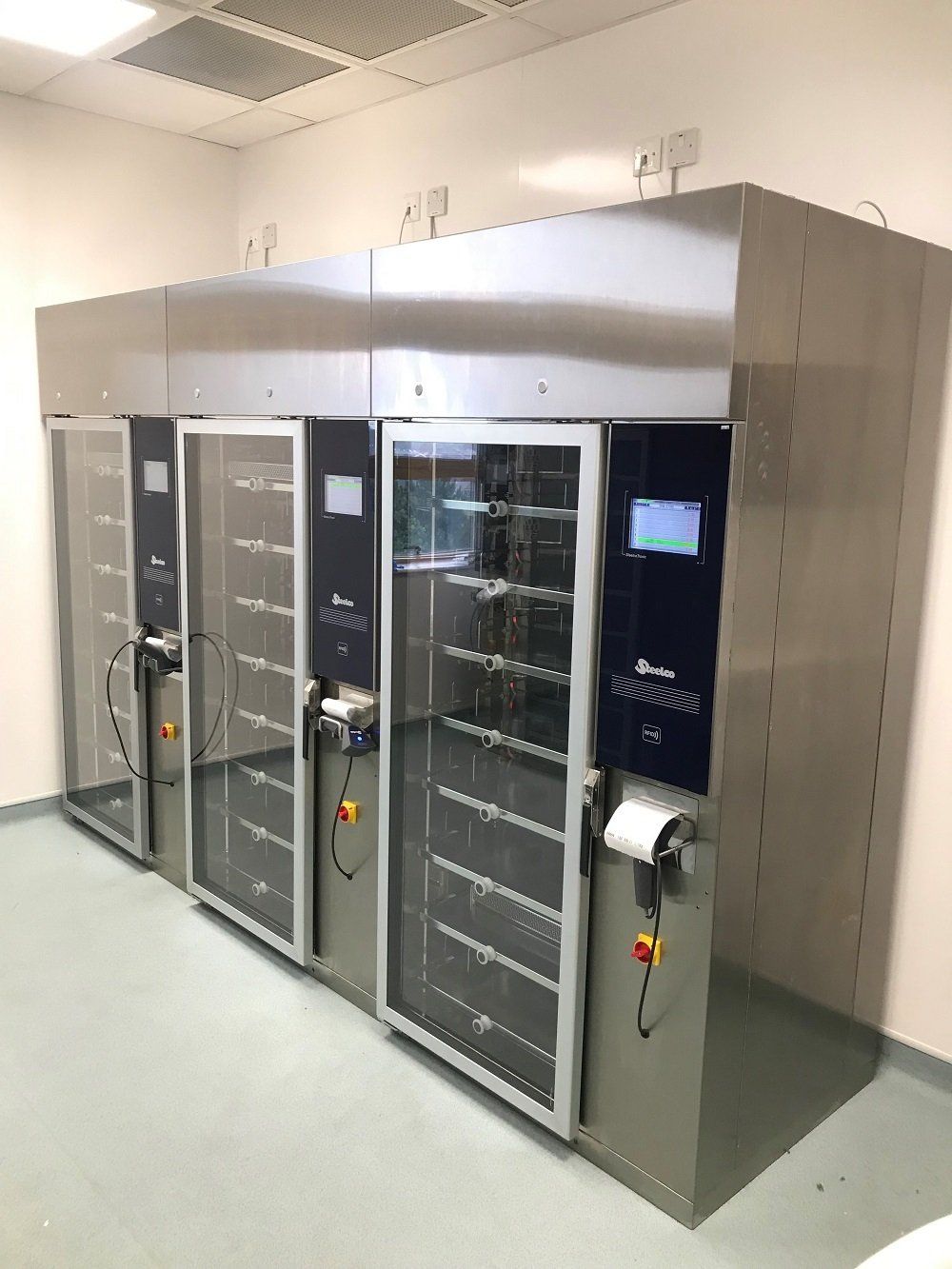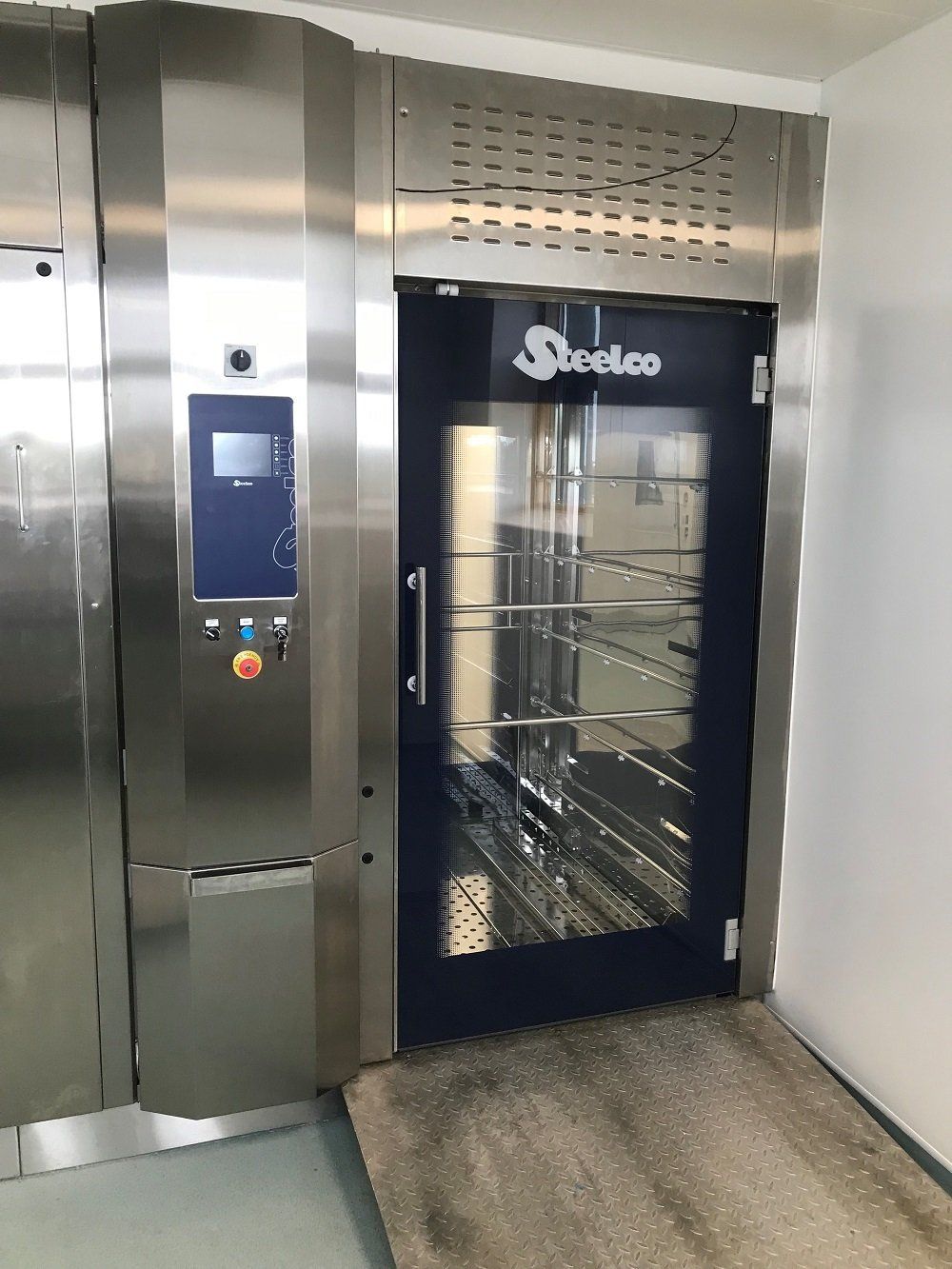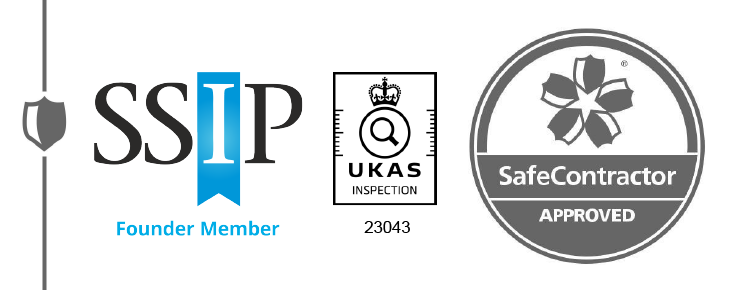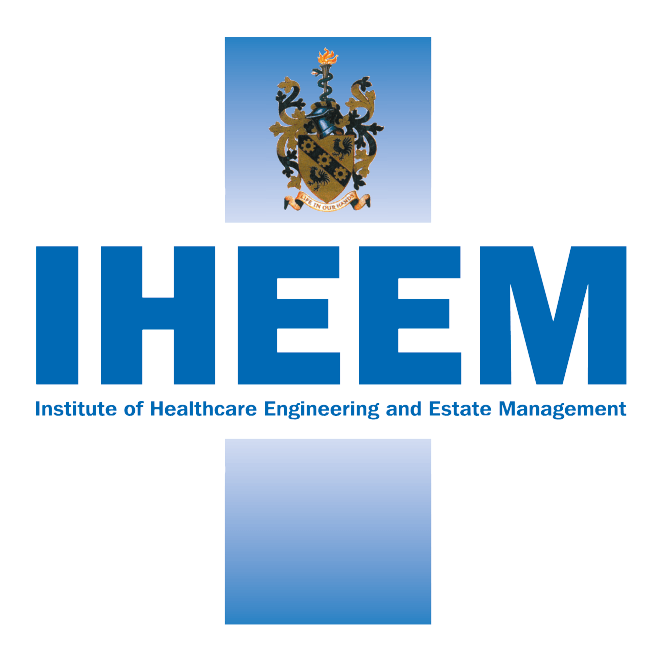St Helens Hospital
CASE STUDY: St Helens Hospital
Impressive endoscope reprocessing pathway for St Helens' resilient, future-proof facility
The detailed selection process considered a whole range of the equipment suppliers on the NHS Framework. The technical group chose iM Med, the UK distributor of Steelco, for the endoscope washer-disinfectors and various supporting equipment and materials to provide a complete, one-source pathway.

"It’s all about providing safe scopes for patients.”
Viewing the impressive new endoscope reprocessing department at St Helens Hospital and learning how the technical group and its suppliers worked together to deliver a resilient, future-proof facility exceeding current design standards, it’s no surprise to learn that the trust is rated ‘Outstanding’ by the Care Quality Commission.
“An endoscope is a medical device and should be treated as such,” says Maggie Gilleeney, decontamination manager at St Helens and Knowsley Teaching Hospitals NHS Trust. “It’s all about providing safe scopes for patients.”
The forward-thinking trust began planning the striking department quite a few years ago. “Sue Dickinson, the previous decontamination manager who retired in 2021, stayed on longer to ensure everything was right,” explains Maggie. “Sue and joint decontamination manager John Howarth, who has also retired, were very much part of the technical team involved in the scheme.”
Maggie, who joined the department 12-years ago as a technician and was also a member of the technical group, explains: “It was a very intense period. The group met every week to get the department right. All the options were appraised and we engaged with a lot of suppliers to arrive at a solution which met our needs.
“We are remote from user departments, so scope turnaround times and efficiency were key factors in the equipment selection process. We specified resilience as part of our tender process.
The technical group chose iM Med, the UK distributor of Steelco, for the endoscope washer-disinfectors and various supporting equipment and materials to provide a complete, one-source pathway.
“Future-proofing was part of the overall design with contingencies built-in. We’re now back up to pre-Covid levels, reprocessing 32,000 scopes a year across both the St Helens and Whiston Hospital sites. Due to demand, our volume is increasing by around 6% per year. So, that was built into the specification to allow for future growth.
“We designed the system with our RO and washer-disinfectors in pods. So, if one pod fails, for whatever reason, we have the ability to continue to work.
“There are currently three separate areas where we reprocess scopes,” explains Maggie. “When the new, centralised facility opens we will go to just one. That’s why we wanted to ensure the department will be able to support itself if we have any issues, by making the areas podded and future-proofing for growth.”
“Also, because of the distance we have to transport the scopes to our user departments, we were looking for an efficient process for transport turnaround.”
The detailed independent selection process considered a range of equipment suppliers before using the NHS Framework. The technical group chose iM Med, the UK distributor of Steelco, for the endoscope washer-disinfectors and various supporting equipment and materials to provide a complete, one-source pathway.
“Steelco and its One Connect System appealed to us. It makes sure everything is disinfected to a high level. You connect once and the scope sits in the basket from then on. There’s minimal contact and less handling.”
iM Med had been appointed to service and validate the department’s old endoscope washer- disinfectors. “The service engineers from iM Med are very efficient and proactive,” says Maggie.
Regarding the endoscope reprocessing pathway, Maggie explains: “We wanted to break down the process and to enhance each stage from an infection control point of view. We looked at the process and the equipment and thought: ‘How can we work better?’ We’re also looking at how we’ve applied it here at St Helens and any lessons learned for the scheme at Whiston.
“We specified one scope per chamber for its infection control benefits. Plus, if you had multiple scopes and a failure it would affect turnaround times,” says Maggie. “That’s why Steelco and its One Connect System appealed to us. It makes sure everything is disinfected to a high level. You connect once and the scope sits in the basket from then on. There’s minimal contact and less handling.”
“The Steelco washer-disinfector we chose has a very small footprint, which meant we could fit in the number of washers we wanted and future-proof. Plus, all the servicing is from the front, from the washroom side. “iM Med and Steelco are quite forward-thinking. They are constantly looking at ways to advance things - how can they improve, such as with the One Connect System and RFID.
“The equipment was [purchased through two routes to market - the dryers were] purchased through the NHS Framework [and the washers through Vinci]. [The NHS Framework] says that manufacturers should offer three chemistries. Steelco did offer three, including iM Med’s, which we chose. It is type tested and has gone through a rigorous validation. The technical group decided which chemistry to use due to the resilience of UK manufacture, coupled with the cost-effectiveness for the trust.”
Nick Satchell, iM Med’s commercial operations director, explains: “Steelco’s user-friendly One Connect System (xOCS) offers a one-time handling and connection throughout the process of pre-washing, washing and decontamination, and drying and storage.
“The scope is connected to the OCS hub at the pre-clean, where a Steelco EPW 100S leak tests, flushes and doses at the sink. The device carries out all the stages ensuring full compliance and provides documented evidence.”
The 11 washer-disinfectors are Steelco’s EW 1 S MAXI. This compact automated endoscope reprocessor has been developed to fully comply with EN ISO 15883-4 and ISO 14937 incorporating all the latest innovative technologies. The machine can treat one multi lumen flexible endoscope or up to three single channel flexible endoscopes. The EW 1 S MAXI can also allow the treatment of rigid endoscopes.
Features of the machine include Steelco’s OCS system with automated connection of the scope within the chamber; hands-free process with a foot pedal and RFID sensor; frontal maintenance and reduced footprint to increase throughput even in restricted areas; the
self-disinfection cycle is fully automatic and programmable.
"The Steelco washer-disinfector we chose has a very small footprint, which meant we could fit in the number of washers we wanted and future-proof. Plus, all the servicing is from the front, from the washroom side.”
Maggie says: “We transport our scopes out to the various departments: endoscopy, ENT, urology and theatres, which are in the same building. Each of the departments have their own ‘satellite’ room with their own drying and storage cabinets. Our staff unload the bagged scopes in their trays from the transport trolleys and place them on the shelves in the drying cabinets.
“We’re already using iM Med’s bags as they are cost effective. We use iM Med’s clear irradiated bags for the trays with the scope in them. These are loaded on to the transport trolley and taken to the service units. After the procedure the scope goes into a red bag, which is also supplied by iM Med.”
Describing the drying cabinets, Maggie says: “The old drying cabinets were validated for three days. The new Steelco cabinets are validated for seven days and can be validated for up to 30-days, but our scopes will be used quickly they’re regularly turned around two or three times a day.
Infection prevention and control also prefer the seven-day period. There are Steelco cabinets in each of the ‘satellites’ and, so that we have extra storage on hand, there are two drying cabinets in the new centralised department.”
Once the scheme is completed, there will be 16 iM Med supplied Steelco drying and storage cabinets across the various locations. The cabinets provide horizontal storage for the endoscope in its mesh tray. The OCS hub is connected to the drying circuit by quick connectors. Warm sterile air is blown through each channel and over all surfaces to rapidly dry both inside and outside the endoscope so that it is well ventilated at all times. The horizontal storage chosen for the scheme ensures there is no chance of a scope hitting the floor and damaging the distel end.
The design of the transport trolley also gave the technical team pause for thought and was part of the tender process. Maggie explains: “We worked together with iM Med and came up with the design of the trolley. They brought models in for us to use and comment on to evaluate the design and give feedback. A lot of people forget about the trolley but they are a massive part of the process.” 24 of the tailor-made trolleys have been ordered.
“We worked together with iM Med and came up with the design of the trolley. They brought models in for us to use and comment on to evaluate the design and give feedback. A lot of people forget about the trolley but they are a massive part of the process.”
When a trolley returns to the department it goes through a Steelco trolley wash - another element of the tender process. “Each trolley will have been thoroughly disinfected before it is loaded with the clean scopes and goes out into the hospital,” says Maggie.
“Andy Lawton, the trust’s AE(D), from T.E.S.T. has been a massive part of the project,” says Maggie. “He attends our monthly project group and visited the Steelco site in Italy with the Team from iM Med for our factory acceptance test.
”With the new facility nearing completion, Andrew Lawton comments: “I went to do the factory acceptance test at Steelco. I’m satisfied that everything meets the required standards.”
Speaking in the new centralised department, which is a fine tribute to the intensive work of the technical team, Maggie adds: “I can’t sing the praises highly enough of iM Med. The level of service we get is second to none. Decontamination is sometimes forgotten about, but the trust sees it as integral to the process and key to patient care.”
THE DECONTAMINATION SPECIALISTS
Get the latest decontamination news and updates
Contact Us
Thank you for contacting us.
We will get back to you as soon as possible
We will get back to you as soon as possible
Oops, there was an error sending your message.
Please try again later
Please try again later










